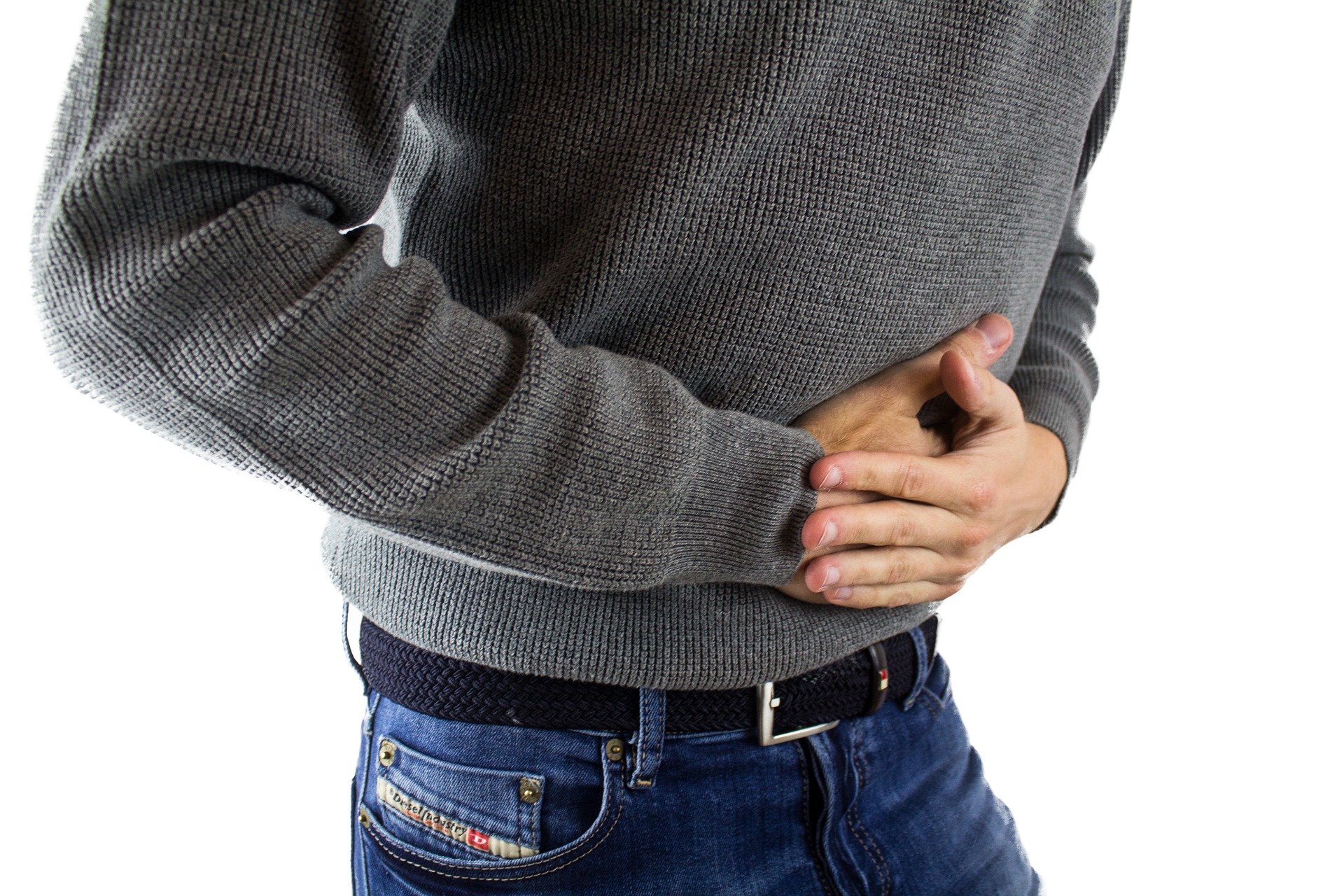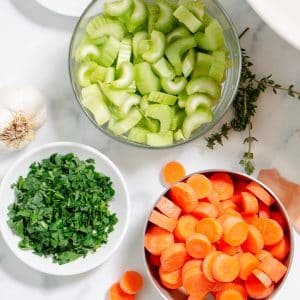Listeriosis is a food-borne bacterial disease and, as you know, it has taken SA by storm. The World Health Organisation has officially confirmed that what we are currently experiencing is the largest outbreak of Listeriosis ever, with around 750 laboratory-confirmed cases so far. This may not seem like so large a number, but considering it is a preventable, treatable disease, this number is far from positive.
By Roxy Greeff
The bacterium called Listeria monocytogenes can be widely distributed in water, soil, vegetation and animal waste, making it a national food issue as well as a health one. This means that the bacteria can be found in meat, dairy (even pasteurised products), fresh and frozen fruits as well as veggies and pre-packed meals.
The main problem we are facing is that the bacteria have an incubation period of roughly three days to just over two months, and because patients are understandably finding it difficult to remember what they ate or drank almost a month ago, experts are struggling to locate the source of the disease.
In the meantime, it is up to us as individuals to take action to protect ourselves. Here’s how:
WHEN TO SEE A DOCTOR
The Department of Health has warned against the following:
– Flu-like symptoms
– Diarrhoea or vomiting
– Fever
– Body pains or weakness
If the disease is left without treatment, it becomes life-threatening because it causes both septicaemia (infection of the blood) and meningoencephalitis (infection of the brain), two extremely dangerous developments.
If you experience any of the above symptoms, make an appointment with your GP. They will require a blood test because listeriosis has become a notifiable disease, which means that every lab-confirmed case needs to be reported. Your doc will provide you with an antibiotic and you should recover as with any other bacterial infection.
Individuals who are more susceptible to the disease, and are more vulnerable to the rapid development of it, are the elderly, pregnant women, those with a weak immune system, neonates (babies less than 28 days old), and those who suffer from HIV, diabetes, cancer, liver or kidney disease.
HOW TO STAY SAFE
The age-old statement ‘prevention is better than cure’ is the best way to avoid becoming infected. Here are a few key tips:
1. Wash your hands before, during and after food preparation.
2. Make sure all your dishes are washed properly. Many people are ditching the dishwasher and disinfecting their dishes in the sink with baby bottle sterilizer solutions.
3. Reset your refrigerator to below 4°C.
4. Freeze any cooked food within 2 hours of preparation.
5. Stay away from ANY unpasteurised product, especially raw milk and soft cheeses.
6. Shop, store, prep and cook meat, poultry, fish, dairy, and fresh produce separately. The last thing you want is for the bacteria to spread to ALL your food if only one product is infected.
7. Make sure all your animal product foods are cooked thoroughly. That means no soft eggs, no rare meat and no sushi.
8. Avoid all processed meats.
9. Wash all your fresh produce under clean, running water before cooking. Try to avoid eating anything raw for now.
10. Instead of giving your kitchen counters their usual wipe-down, you will have to start disinfecting them in full before and after you prep food.
Many of these safety procedures seem inconvenient, and they are, but these preventative measures are only short term. As you read this the Departments of Health, Agriculture, Forestry, Fisheries and Trade, along with WHO, are putting in all their available resources to finding the source of the bacteria. Be sure to stay tuned to our social media pages for updates and developments.
For more information and further reading, click here, or visit health.gov.za.




